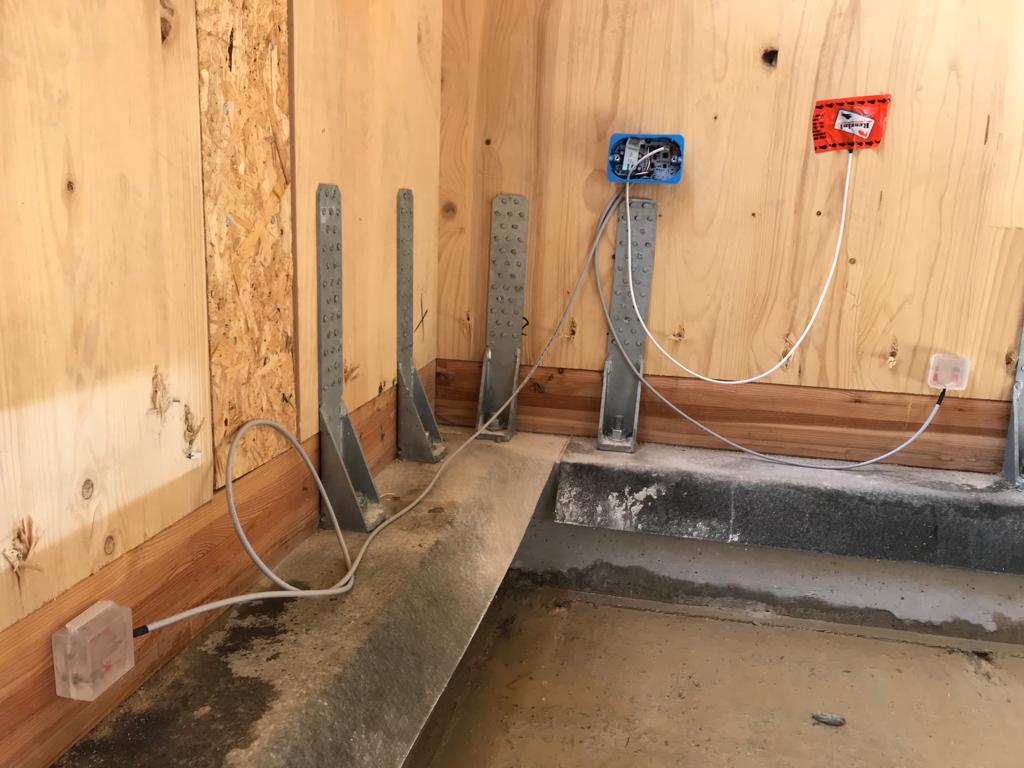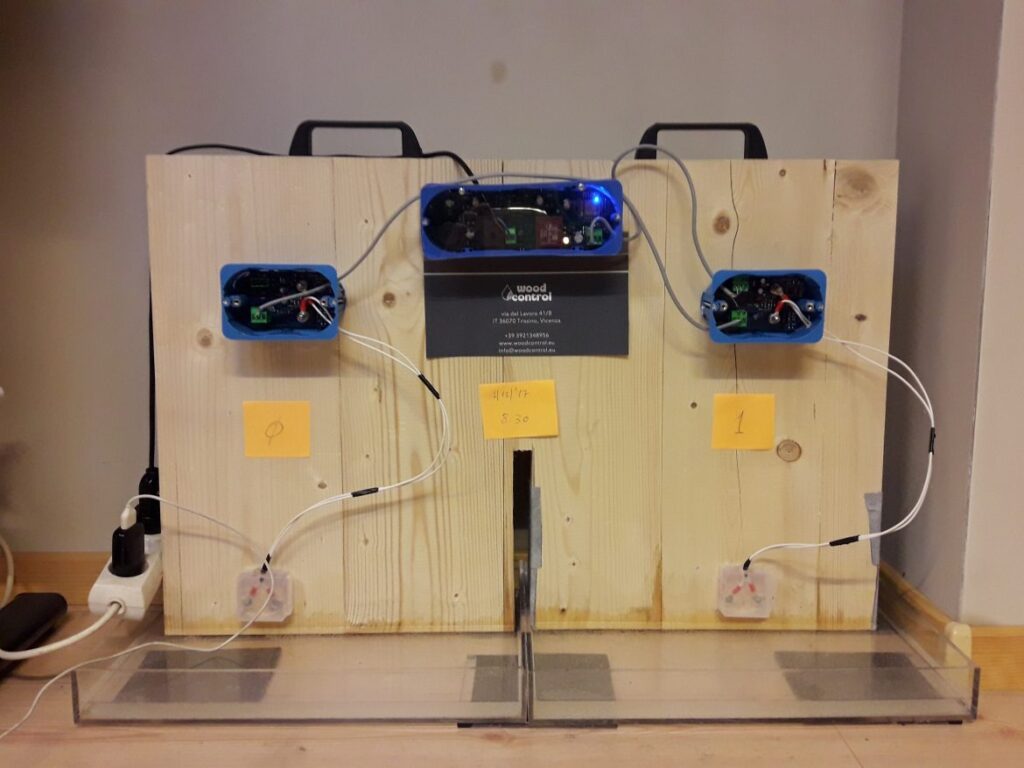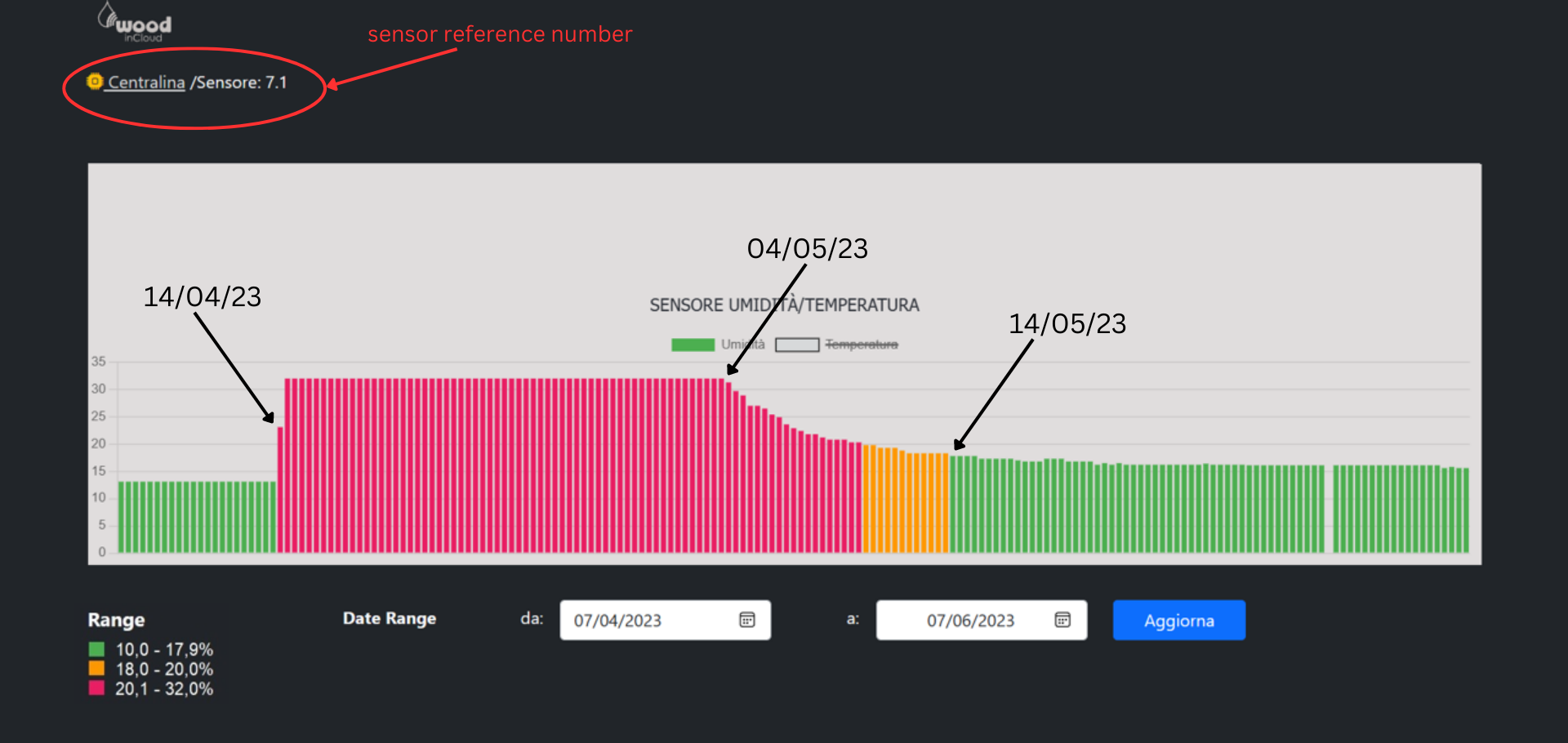would you ever fly on a plane that costs less but has neither warning nor monitoring lights in the cockpit?
This is a (strange at first sight) question we usually ask our clients when we deepen into arguments such as the durability of a timber building and the pivotal importance of monitoring and they always answer in the same way: NO!
The answer to this question is fortunately always the same because anyone who has taken a plane in their life knows for sure that all those lights, buttons, knobs, and displays in the cockpit make sure that in case there is a problem, even the smallest one, a light will automatically turn on identifying the type and origin of the problem.
Monitoring is something extremely important on a flight (or other countless situations) but we can easily say that it is equally crucial in the building sector, especially if timber is the main building material. This is something we understood during our twenty years of experience in timber engineering and now, through this technical article, we aim to deepen into the reasons.
While proper design and construction practices lay the foundation for robust structures, severe issues that can compromise the durability of a timber structure can arise due to unexpected events that can even be unrelated to the designing and building process. In fact, our experience allowed us to outline three macro areas when these issues might occur:
- caused by designing mistakes made before the building process
- caused by mistakes on the construction site during the building process
- caused by occupant activities
In the first two cases we can intervene before the structure is finished but in the third case we cannot do anything in advance to prevent this type of problems.
Although mass timber is an incredible building material with several benefits and characteristics, it has a great enemy that can not tolerate: water stagnation + oxygen. The simultaneous presence of water and oxygen, creates an optimal environment for the development of fungi, mold and other wood-eating organisms.
As said before, these threat can come from events that do not depend on construction or design defects such as inadequate occupant activities like wrong maintenance to water pipes but also unexpected house plumbing leaks or damages. This is why, a reliable monitoring system plays a vital role in timely providing reports in case of problems and monitoring critical parameters.
Prevention is better than cure
The integration of monitoring devices since the very beginning in the building process has emerged as a game-changer in preventing potential problems and safeguarding the longevity of timber buildings.
By continuously monitoring and analyzing the environmental conditions within timber structures, these devices offer real-time insights and early warnings, effectively averting potential issues from escalating. These precious information empowers property owners and experts to address excess moisture, taking timely action to safeguard the longevity and structural integrity of the timber building.
The importance of a monitoring system is noticeably higher when we deal with bigger structure such as multi-storey residential buildings or office buildings. This for two main reasons:
- the first one is related to the higher number of people that will live or use the spaces inside the building and, consequently, the increase possibility of water/pipes related problems;
- the second one is related to the longer timing of the construction site and building process. Having the building material stocked on the construction site exposed to any bad weather can lead to a dangerous increase in moisture in structural timber elements.
Moreover, a monitoring system installed on a timber building is a valid example of how technology comes to the aid of the sector improving not just the life of the structure but also the life of the occupants. In fact, it is well known that living in an environment characterized by high humidity and presence of biological pollutants such as mold, wood fungi and bacteria, can cause respiratory pathologies.
Wood Control
Wood Control, an Italian company specialized in developing innovative technologies that increase the durability of wooden buildings, patented a great monitoring system solution that we previously used in several projects.

Wood Control’s moisture monitoring system has been developed for more than 5 years and back in 2017, when the system was still in its first version, we had the chance to deeply tested it. The results were really great and the output extremely reliable. Nowadays, after half a decade of developments and updates the product is more mature and super precise, this is why we always strongly suggest to install it on any new timber structure we work on.

The graphs, produced and processed from the data collected by the sensors installed in different parts of the house, are extremely intuitive and offer a clear situations of the humidity level of the timber elements analyzed.
In the case displayed in the picture below, the three colors graph shows an overview of a specific period (2 months) where it detected a humidity problem caused by a not visible and inaudible pipe leak in the bathroom.

Fortunately, thanks to the monitoring system, the problem has been highlighted and reported as soon as it was detected, allowing the experts to be able to intervene in the shortest possible time and fix the problem before it’s too late and too expensive. As visible in the picture, if managed, solved and continuously monitored the problem can be solved and the parameters can return to a pre-problem situation.
Conclusion
When building a mass timber structure, no matter size and final use, deciding to install a reliable moisture monitoring system guarantees a longer life of the building but also a safer and better life for those who live or work in it. As we saw, these sensors are a precious “always open eyes” that monitor 24/7 and detect even the smallest problems that you might not otherwise see or hear but that can seriously compromise the structural elements of the entire building.

